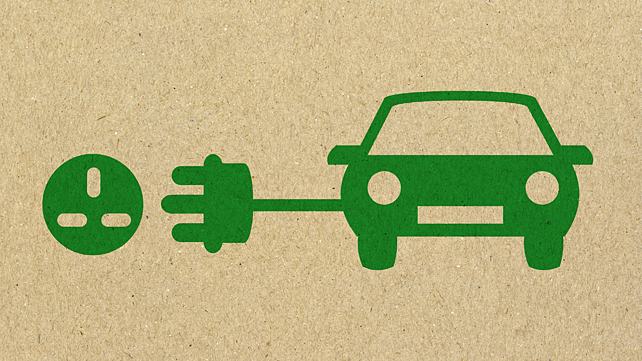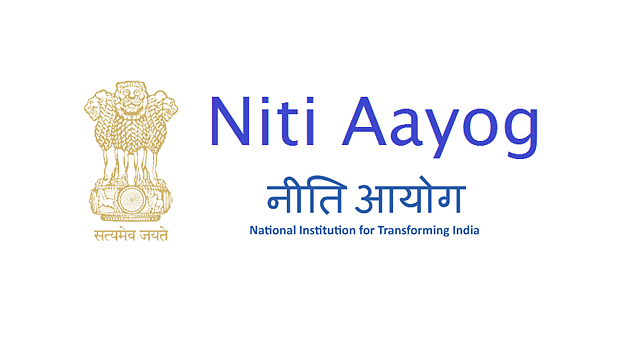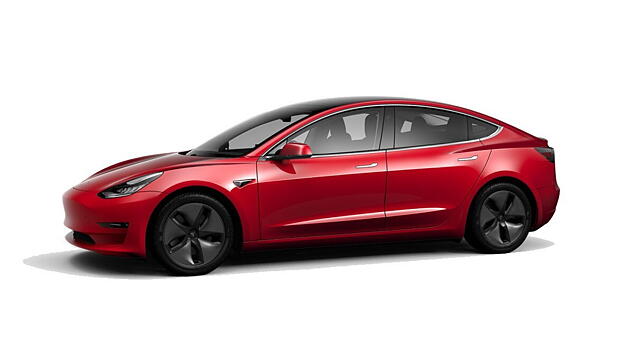
The Government of India (GoI) has made an ambitious commitment to the creation of demand for EVs through the Faster Adoption and Manufacturing of (Hybrid and) Electric Vehicles (FAME) India Scheme. Additionally, the promotion of domestic manufacturing through the National Mission on Transformative Mobility and Battery Storage has supplemented the scheme. As the economics of electric vehicles (EVs) continue to improve and new business models gain acceptance, India’s EV market is poised for significant growth in the coming decade.
Key barriers related to EV adoption — including technology cost, infrastructure availability, and consumer behaviour — must be overcome. Incentives that reduce the upfront cost of EVs, such as the FAME II incentive in India or federal tax rebates in the US, are a critical first-order solution to address. Although less commonly discussed, financing — in terms of the cost and quantum of capital — is another hurdle for India’s electric mobility transition. End-users currently face a range of challenges. High interest and insurance rates apply to retail loans, loan-to-value ratios are low, and specialised finance options are limited.
According to our analysis of future passenger and freight vehicle sales, India’s weighted-average EV sales penetration has the potential to be about 70% in 2030. This value is based on forecasted cost competitiveness and expert interviews.
The quantum of finance required for this EV adoption scenario is considerable. Between 2020 and 2030, the estimated cumulative capital cost of the country’s EV transition will be INR 19.7 lakh crore ($ 266 billion) — across vehicles, electric vehicle supply equipment (EVSE), and batteries (including replacements). The estimated size of the annual EV finance market will be INR 3.7 lakh crore ($ 50 billion) in 2030. [1]

We have identified 10 solutions that financial institutions (FIs), the EV sector, and the government can adopt to help mobilise the capital and financing associated with India’s EV transition. These include six targeted instruments and four ecosystem enablers:
TARGETED INSTRUMENTS
- Priority sector lending (PSL): The Reserve Bank of India (RBI) requires 40% of net bank credit to be deployed towards priority sectors. Inclusion of EVs in PSL guidelines would incentivise banks to increase lending towards the sector.
- Interest rate subvention: Subventions act as a subsidy on commercially offered interest rates, with the government bearing the balance through associated banks. Such schemes would substantially improve the affordability of loans. They have already been enacted in other sectors and at a state level for EVs in Delhi.
- Product guarantees and warranties: Reducing the uncertainty associated with EV models will improve their bankability. Original equipment manufacturers (OEMs) can provide assurances in the form of guarantees (to FIs) and warranties (to buyers) on the performance of their products.
- Risk-sharing mechanism (government and multilateral-led): Mechanisms and facilities that partly or entirely cover possible losses associated with financing EVs (due to their unclear resale value) can be capitalised at the national or multilateral level. These would distribute risk and provide FIs with an opportunity to build their trust in the sector.
- Risk-sharing mechanism (fleet operator-led): Fleet operators and final-mile delivery companies can leverage their existing FI relationships to provide partial credit guarantees and utilisation guarantees to driver-partners. They could share the risk between stakeholders in case of default and enhance loan availability for delivery drivers.
- Secondary market development: Industry-led buyback programmes and battery-repurposing schemes will help OEMs and the central government catalyse a secondary market for EVs. This would improve the residual value of EVs, providing FIs with an avenue for resale in case of borrower default.

ECOSYSTEM ENABLERS
- Digital lending: Digital sourcing, underwriting, and sanctioning can streamline EV loans by helping overcome the operational and logistical challenges of vehicle financing.
- Business model innovation: Piloting and commercialising new business models, combined with the flow of patient capital, can demonstrate the potential of the sector. Additionally, they would help build trust in EVs and normalise them in the market.
- Fleet and aggregator electrification targets: The electrification of final-mile delivery, ride hailing, and corporate transport fleets can act as a strong market signal for stakeholders across the ecosystem, especially OEMs and FIs.
- Open data repository for EVs: FIs need access to data on EV specifications, real-world drive cycles, actual charging costs, and operating expenditures. This will help such institutions accurately assess risk, determine appropriate interest rates, and design effective leasing programmes.
Together, these solutions aim to mitigate risks associated with technology, policy, manufacturers, resale, utilisation, maintenance, and customers. They aim to improve the confidence of FIs in financing EVs for end-users. These solutions will likely play important roles in India’s economic recovery following COVID-19 by supporting EV sales, manufacturing, and business models — all of which can boost job creation and local value addition.
Engaging Indian FIs in the electric mobility dialogue will be critical to operationalising these solutions. Convening stakeholders from the financial industry, OEMs, fleet operators, government, and others can help prioritise EV financing. Identifying actionable steps is key to working towards implementation.
In addition, FIs need help to understand EV technology and business models, and stay up to date with the policy landscape. Educational materials can help lower risk and increase confidence. Finally, innovative procurement and leasing initiatives that lead to early deployments at scale can help prove the techno-economic viability of EVs and increase supply-chain investments.
Supporting the design of effective financing solutions can help unlock the capital needed for India’s EV transition. We look forward to collaborating with partners across the EV ecosystem to elevate the role of finance.
REFERENCES:
[1] Press Information Bureau, PIB Delhi, “Mobility Solutions get a boost: National Mission on Transformative Mobility and Battery Storage,” March 2019. https://pib.gov.in/PressReleaseIframePage.aspx?PRID=1567807

